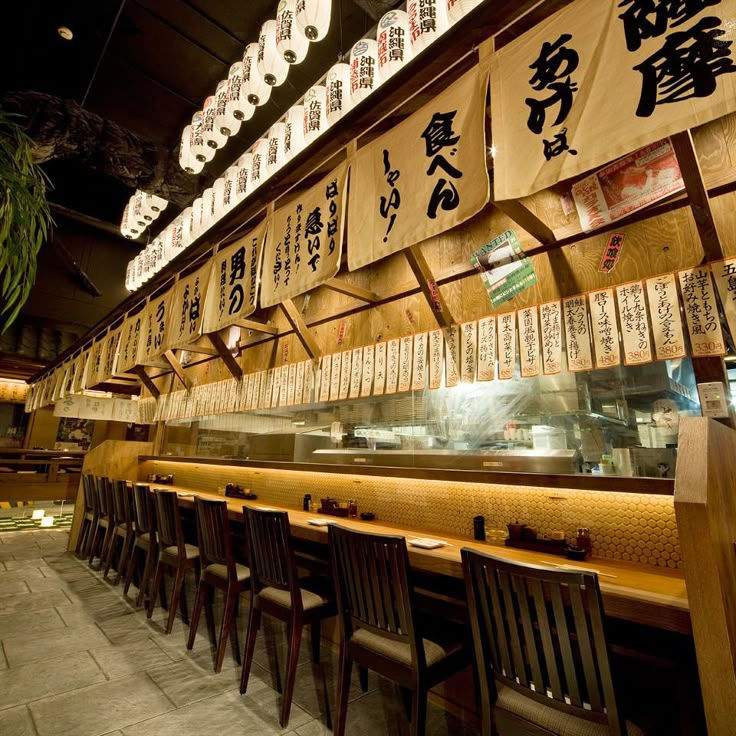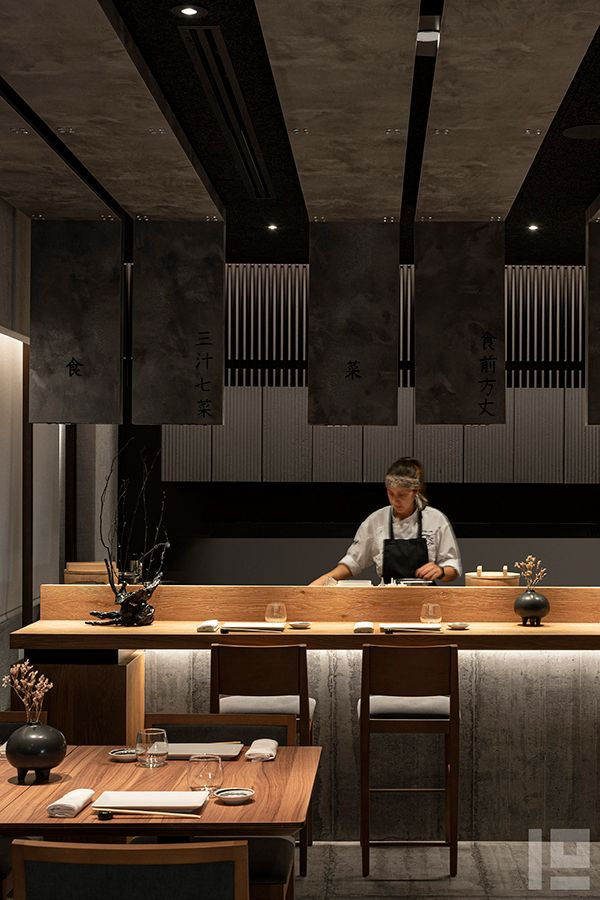The menu is "another clerk" - How to assemble a Japanese food menu that can sell well -
- kforest0911
- 4月16日
- 読了時間: 4分
更新日:5月5日
~"Easy to understand", "Familihood" and "Story" change sales~
The menu is not just about the name of the dish and the price. Especially in the United States, "the menu itself functions as a "product presentation". In other words, sales will change significantly depending on the composition of the menu, how to choose words, and the ingenuity of photos and layouts.
🎯 Point 1: First of all, "simple, kind, with photos"
Even customers who are new to Japanese food can order with confidence:
Easy-to-read font
Headlines by category (Appetizer / Entrée / Ramen / Donburi, etc.)
Dish name + brief description (e.g.: "Karaage - Japanese-style fried chicken marinated in soy sauce and ginger")
If possible, add a photo
Photos don't have to be all dishes. Especially popular products, special items, large and beautiful photos.
🎯 Point 2: The bestseller is "recommend only 3 items"
If there are too many menus, you may not be selected. It is important to clearly indicate the recommendations and popular products and to give a sense of security that "there is no doubt if you ask for this".
For example:
🔥Chef's Recommendation
Tonkotsu Ramen
Chicken Katsu Don
Spicy Tuna Roll
Labels such as "Chef's Recommendation" and "Popular No. 1" will be a psychological boost.
🎯 Point 3: If there is a story, it can be differentiated
If there is a background story in the dish or ingredients, be sure to write it down.
"This dashi is carefully made from Japanese kelp and shavings every day."
"Rice is purchased directly from special contract farmers from California"
"This recipe was inherited from the founder's grandmother."
This sentence greatly increases the value of the food.
🎯 Point 4: Pricing also changes depending on "impression"
$13.95 "looks cheaper" than $14.00. $13.50 is more "neat" than $13.
In addition, by consciously differentiating the price range, you can prevent the impression of "too expensive" and "too cheap". For example, the appetizer is $5 to $9, and the main course is $13 to $18.
🍵 Finally: The menu is the "other staff member" who is the first to talk to the customer.
From the moment you open it, what kind of impression do you get and what do you want to choose? Just by paying attention to words, "photos" and "composition", the dishes that can be sold and the repeats will change.
メニューは“もう一人の店員”〜売れる日本食メニューの組み立て方〜
〜「わかりやすさ」「親しみ」「ストーリー性」が売上を変える〜
メニューは、ただ料理名と価格を並べるものではありません。特にアメリカでは、「メニューそのものが“商品プレゼン”」として機能します。つまり、メニューの構成や言葉の選び方、写真やレイアウトの工夫で、売上は大きく変わります。
🎯 ポイント①:まずは「シンプル・親切・写真つき」
初めて日本食に触れるお客様にも、安心して注文してもらうには:
読みやすいフォント
カテゴリーごとの見出し(Appetizer / Entrée / Ramen / Donburi など)
料理名+簡単な説明(例:「Karaage – Japanese-style fried chicken marinated in soy sauce and ginger」)
できれば写真を添える
写真は、すべての料理でなくてもOK。特に人気商品、こだわりの一品には大きくて美しい写真を。
🎯 ポイント②:ベストセラーは“3品だけ推す”
メニューが多すぎると、選ばれないこともあります。おすすめや人気商品を明確に示し、「これを頼めば間違いない」という安心感を出すことが大切。
たとえば:
🔥 Chef’s Recommendation
Tonkotsu Ramen
Chicken Katsu Don
Spicy Tuna Roll
「シェフのおすすめ」や「人気No.1」などのラベルは、心理的な後押しになります。
🎯 ポイント③:ストーリーがあると差別化できる
もし、料理や素材に背景のストーリーがあるなら、必ず記載を。
「このだしは日本の昆布と削り節から毎日丁寧にとっています」
「米はカリフォルニア産の特別契約農家から直接仕入れています」
「このレシピは創業家の祖母から受け継がれたものです」
こうした一文が、料理の価値をぐっと高めてくれます。
🎯 ポイント④:価格設定も“印象”で変わる
$14.00 より $13.95 の方が“安く見える”。$13 より $13.50 の方が“きちんと感”がある。
さらに、価格帯を意識的にバラけさせることで、「高すぎる店」「安すぎる店」の印象も防げます。たとえば、前菜は$5〜$9、主菜は$13〜$18など。
🍵 最後に:メニューは、お客様と最初に会話する“もう一人のスタッフ”です。
お客様が開いた瞬間から、どんな印象を受け、何を選びたくなるか?「言葉」「写真」「構成」に気を配るだけで、売れる料理も、リピートも変わってきます。




コメント